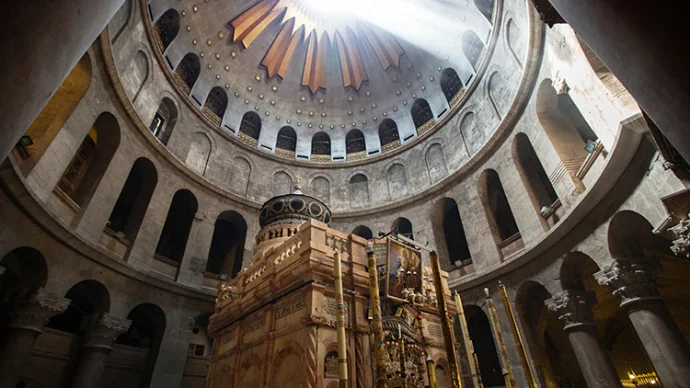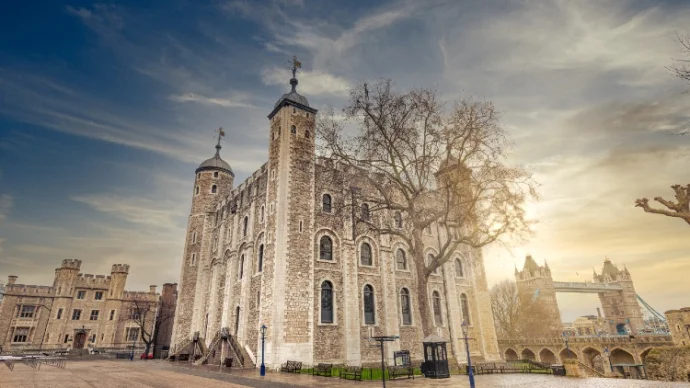
About Temple Church
The Temple Church in Central London is named after the Knights Templar, who founded it in the 12th century.
History of Temple Church
Temple Church is one of the most historic and beautiful churches in London. It was built by the Knights Templar, the order of crusading monks founded to protect pilgrims on their way to and from Jerusalem in the 12th century.
The Church is in two parts: the Round and the Chancel. The first section of the Temple Church is now known as the Round Church, built in a circular form so as to echo the shape of Jerusalem’s Church of the Holy Sepulchre. The Round Church was consecrated on 10 February 1185 by the patriarch of Jerusalem, probably in the presence of King Henry II, and became the British headquarters of this famous Christian charitable and military order who played an important role in the Crusades.
Despite having once been favoured by the monarchy, in the 14th century, the Knights Templar were forcibly dissolved in accordance with orders from the Pope and Temple Church became the property of the Knights Hospitaller. The Knights Hospitaller then rented the Temple Church to two legal colleges. These two colleges, now known as the Middle and Inner Temple Inns of Court, now jointly own the church and have been located there ever since.
Temple Church is a ‘royal peculiar church’ meaning it is exempt from the jurisdiction of the diocese and subject to the direct jurisdiction of the monarch.
Temple Church today
Today, Temple Church is a working church and is open to the public. Sadly, much of it was destroyed in a German air raid in World War Two, but it has since been restored. One of the highlights of a visit is seeing the unique 13th and 14th century stone effigies of 10 knights on its floor, each with individual characteristics.
As discussed in the Dan Brown novel, “The Davinci Code”, which sets a very powerful scene at the site, these effigies do not mark the locations of actual tombs.
Getting to Temple Church
Temple Church is generally open on weekdays from 10am-4pm. It is located between Fleet Street and the River Thames, along a footpath near Middle Temple Lane in an ‘oasis’ of ancient buildings, courtyards and gardens.
The nearest underground stations are Temple and Blackfriars stations on the Circle and District lines – each about a 5 minute walk away. Access for pedestrians after 8.30pm on weekdays and all weekend is via Tudor Street only.
(As with all London sites, it’s best to use public transport, though the site has limited access for vehicles via Tudor Street Gate and the Embankment. There is no parking available on weekdays before 6.30pm).
Featured In

Ruins of the Crusades
Explore the medieval world of the Christian Crusades at these 10 important sites, ruins and landmarks across Europe and the Middle East.

London Historic Sites
Londinium, The Big Smoke, The Great Wen: London has experienced its fair share of change over its 2000-year history. Here's our pick of some of the British capital's most famous historic sites to visit today.




















